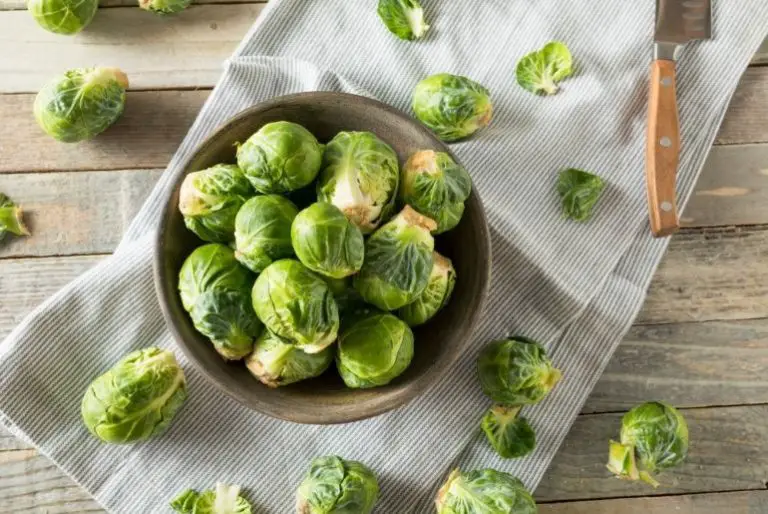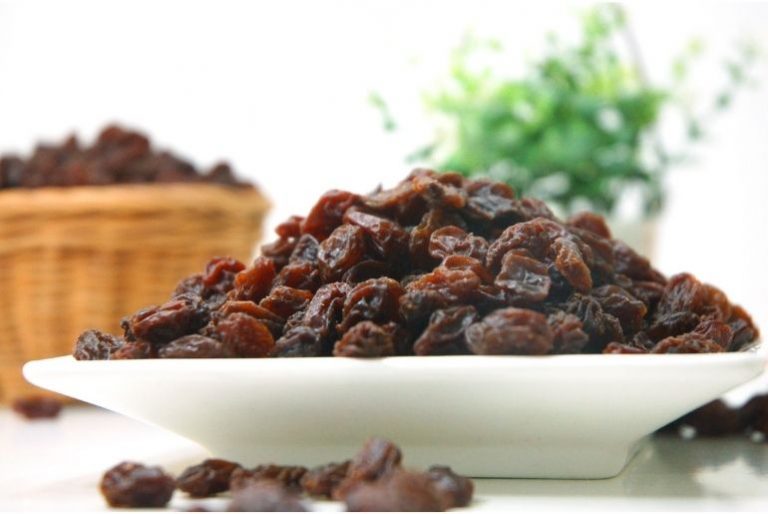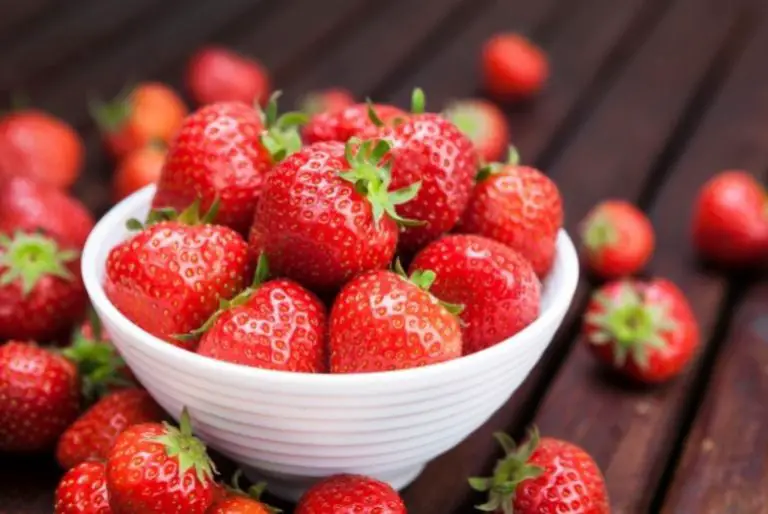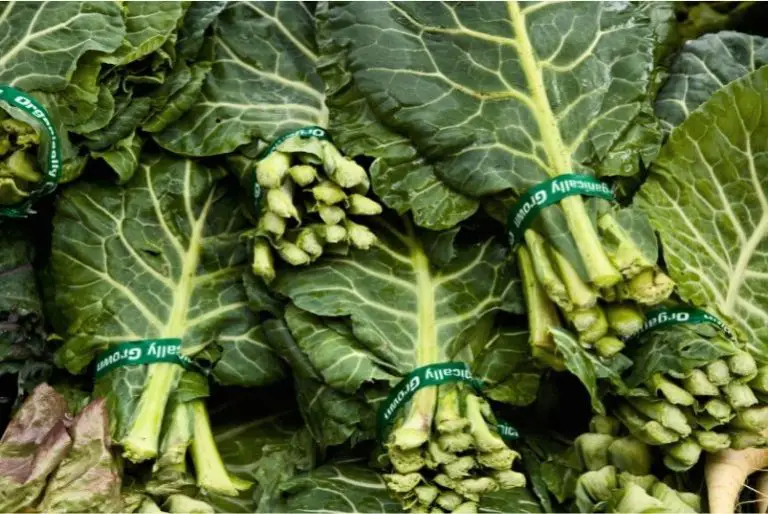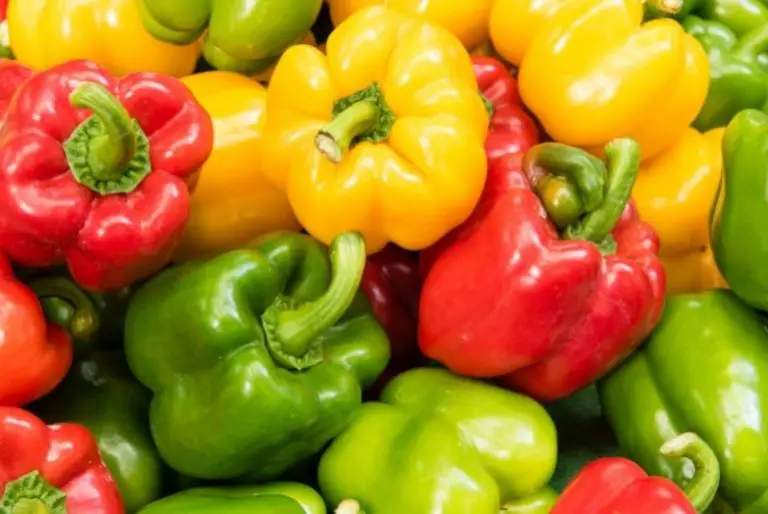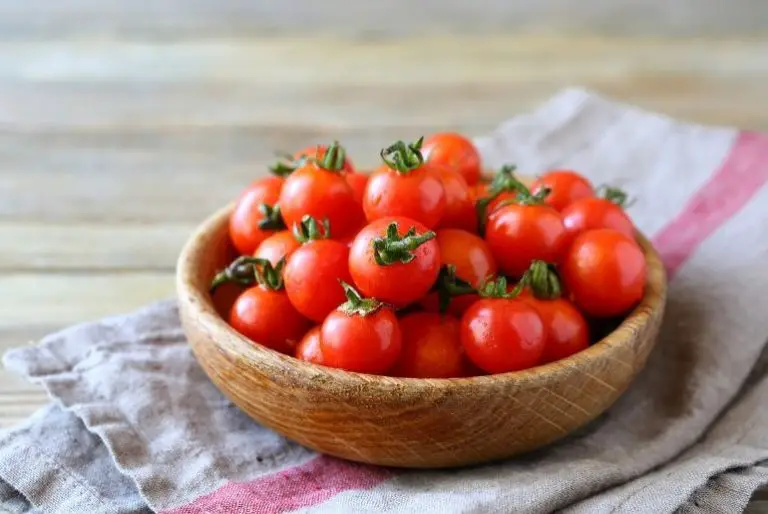Can Guinea Pigs Eat Celery? [Including Stalk, Leaves & Root]
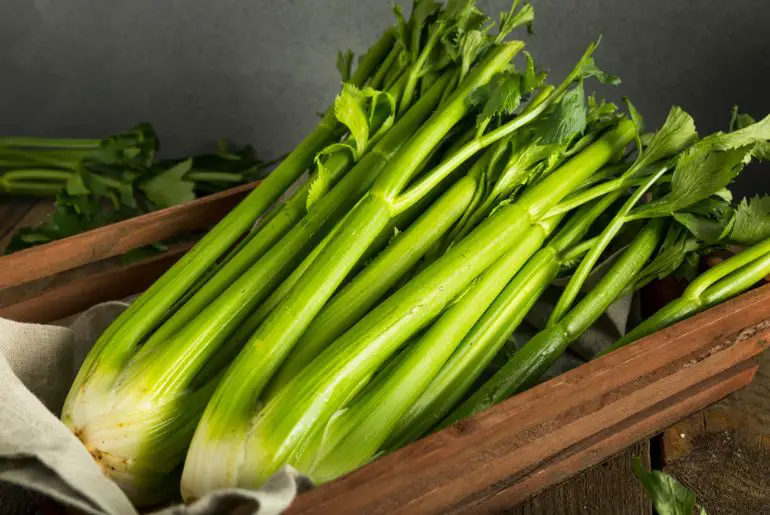
Celery is a staple vegetable for many Guinea pig owners, especially for certain dishes, but can Guinea pigs eat celery? As a future Guinea pigs owner, I wanted to learn everything about their diet. Here is what I’ve learned about this matter.
Contents
Can Guinea pigs eat celery?
Guinea pigs can eat all celery parts, including stalk, root, and leaves. Celery contains nutrients that are beneficial for Guinea pig’s health. Calcium and vitamin C are present in much higher amounts in leaves than stalk and root. Feeding celery to Guinea pigs once a week seems the safest for most Guinea pigs, but it can be fed more often.
What Part Of Celery Can Guinea Pigs Eat?
Guinea pigs can eat every part of celery, including:
- stalk (heart)
- leaves (greens)
- root
Can Guinea Pigs Eat Celery Root?
Celery root, also called Celeriac, is a plant similar to celery, but it is different.
Celery root is a safe vegetable for your Guinea pig to eat.
What nutrients are in celery root, and why it’s good for your Guinea pig?
| Nutrient | Value in 100 grams (3,5 ounces) |
| Fiber | 1,8 g |
| Water | 88 g |
| Vitamin C | 8 mg |
| Vitamin B-6 | 0,2 mg |
| Vitamin K | 41 mcg |
| Calcium | 43 mg |
| Phosphorus | 115 mg |
| Potassium | 300 mg |
| Manganese | 0,2 mg |
| Selenium | 0,7 mcg |
| Calories | 42 |
Can Guinea Pigs Eat Celery Leaves?
Guinea pigs can eat celery leaves. Celery leaves or greens contain the most calcium, vitamin C, and potassium compared to other celery parts.
What nutrients do celery leaves contain?
| Nutrient | Value in 100 grams (3,5 ounces) |
| Calcium | 80 mg |
| Sodium | 80 mg |
| Potassium | 600 mg |
| Phosphorus | 40 mg |
| Magnesium | 10 mg |
| Vitamin C | 60 mg |
| Vitamin B-6 | 1,10 mg |
| Fiber | 1,8 grams |
| Sugars | 0 grams |
| Fat | 0 fat |
| Water | 94 grams |
| Calories | 12 |
Guinea pig owners are concerned about the high amounts of calcium in celery leaves that can lead to bladder stones, and for that reason, are avoiding feeding leaves too often.
Celery leaves contain 80 mg per 100 grams (0,08 grams of calcium per 100 grams)
Is it possible that feeding a handful of celery leaves per day can harm your Guinea pig?
A handful of celery leaves weigh much less than 100 grams, but it still might contain too much calcium for a Guinea pig’s daily intake.
Guinea pigs require about 30 mg of Calcium per day.
Celery, combined with other high calcium vegetables such as collard greens, spinach, and kale, could cause health problems.
Some fruit snacks for Guinea pigs are higher in calcium and shouldn’t be fed on the same day as celery. High calcium celery fruits are apricots, kiwis, oranges, blackberries, strawberries, raspberries, and pineapples.
Can Guinea Pigs Eat Celery Tops?
Maybe you have heard of celery top before, but you are not sure what part of celery actually is a top.
Celery tops are leaves on the top of the celery stalk or root, and your Guinea pig can safely eat this part of a plant.
In fact, celery tops or leaves contain the most nutrients comparing to stalk and root.
Perhaps, the most discussed nutrients among Guinea pig owners are Calcium and Vitamin C.
To easily compare the nutrient content in 100 grams of each celery part, check the table below.
| Nutrients | Stalk | Leaves | Root |
| Calcium | 40 mg | 80 mg | 43 mg |
| Vitamin C | 3,1 mg | 60 mg | 8 mg |
Can Guinea Pigs Eat Celery Stalks?
Celery stalks are the most common celery part Guinea pigs’ owners feed their piggies, and most Guinea pigs love to eat stalks.
Here is the nutritional value in 1 medium celery stalk and in serving size for a Guinea pig:
| Nutrient | Value in 1 celery stalk | Value in serving size per Guinea pig (1/4 celery stalk) |
| Calories | 6,4 | 1,6 |
| Water | 38,2 g | 9,55 g |
| Dietary fiber | 0,6 g | 0,15 g |
| Vitamin A | 180 IU | 45 IU |
| Vitamin C | 1,2 mg | 0,3 mg |
| Vitamin K | 11,7 mcg | 2,9 mcg |
| Calcium | 16 mg | 4 mg |
| Iron | 0,1 mg | 0,025 mg |
| Magnesium | 4,4 mg | 1,1 mg |
| Phosphorus | 9,6 mg | 2,4 mg |
| Potassium | 104 mg | 26 mg |
| Sodium | 32 mg | 8 mg |
Good serving size is 1/4 of a medium celery stalk and contains a fair amount of vitamins and minerals.
Celery stalk contains high water content and is low in calories, which is a great combination for your Guinea pig’s diet.
Can Guinea Pigs Eat Celery Hearts?
Celery hearts are the center parts of the celery bunch. These are the inner part of stalks that are more tender.
Celery hearts are parts your Guinea pig can safely eat as they are technically celery stalks and full of nutrients.
How Much Celery Can Guinea Pigs Eat?
Depending on the celery part, the serving size is approximately:
- Celery stalk– about 1/4 per Guinea pig
- Celery leaves– a handful per Guinea pig
- Celery root-one small slice per Guinea pig
How Often Can Guinea Pigs Eat Celery?
Depending on your country of origin, your Guinea pigs’ vets might have different opinions on how often you should be feeding celery to your Guinea pig.
While in Europe, they might advise you to feed it daily, opinions seem to be different in the USA.
It’s very unclear how often Guinea pigs can eat celery considering there are many conflicting opinions.
To be on the safe side, feed your Guinea pigs celery once a week.
If you are concerned about the higher amount of calcium in celery leaves, feed it only occasionally.
Can Guinea Pigs Eat Celery Daily?
A Guinea pig can eat a small piece of celery daily, and many owners feed this vegetable as a snack to their Guinea pigs daily.
When feeding celery daily, the amount is key. Feed it only in tiny amounts, especially if combined with other high calcium fruits and vegetables.
If you are introducing any part of the celery to your Guinea pig for the first time, do it in small amounts once a week and one part at a time.
As an example, if you feed leaves this week, feed the root or stalk next week.
This way, you can easily notice if this vegetable is causing any problems to your Guinea pig.
Is Celery Good For Guinea Pigs?
Celery as a vegetable is good for your Guinea pig as it contains vitamins, minerals, and other nutrients that help maintain health.
Celery particularly contains higher amounts of vitamin C and calcium.
But celery also upset the guts of some Guinea pigs.
If you notice that the celery cause a stomach upset, sludgy deposits, or similar, avoid feeding celery.
Can Guinea Pigs Choke On Celery?
Many Guinea pig owners are concerned about celery sticks being a choking hazard.
Celery sticks have strings of fibers that are believed to be dangerous for Guinea pigs unless the sticks are chopped.
Guinea pigs have sharp teeth and are eating hay all day. So if Guinea pigs can safely chew on hay, celery strings shouldn’t be hard to chew on.
If you are an owner who is afraid to feed their Guinea pig celery sticks, please watch the video below where the Founder and Director of the Guinea Pig Rescue talk about the celery myth.
Oxalic Acid In Celery
What is Oxalic acid?
It’s an organic compound that looks like white solid crystalline.
Oxalic acid is found in many plants, including celery.
Should The Owner Be Worried About Oxalic Acid In Celery?
One celery stick contains about 3 grams of Oxalic acid, according to the Harvard.edu oxalate list.
This is not a lot considering the serving size for Guinea pigs, which is about 1/4 of a celery stick.
One-fourth of the celery stick has about 0,75 grams of Oxalates.
Unless you are feeding your Guinea pig a whole celery stick every day for a long period, there is a low chance that Oxalates will cause health problems to your Guinea pig.
Can Guinea Pigs Celery And Carrots?
Yes, Guinea pigs can eat a combination of celery and carrots. It seems like Guinea pigs like both of these vegetables.
Be mindful of the amount fed, as well as how often you feed it to your piggies.
Carrot contains sugar, so many owners feed only one baby carrot per Guinea pig.
Can Guinea Pigs Eat Celery And Cucumber?
Celery and cucumber are a good combination of veggie for Guinea pigs and can be safely fed together.
If you combine it with the celery, give a small piece of each as a snack. Most owners feed 1 thin slice of cucumber to their Guinea pigs.
Final Thoughts
While celery contains great nutrients and is healthy for Guinea pigs, how much and how often should be fed seem to cause a lot of confusion.
Many owners feed celery stalks and roots daily, while others only once a week.
When it comes to feeding celery leaves, owners are concerned about the high amounts of calcium in leaves. For this reason, some owners stay away from celery leaves.
Oxalic acid in celery is another concern and reason why many owners don’t prefer feeding too much celery to their Guinea pigs.
Young Guinea pigs need more calcium in their diet than older ones, and in this case, celery can be a better choice for younger piggies.
How much and how often you should be feeding your Guinea pig is a personal preference.
It’s always recommendable to feed it less often if you are not sure celery is the right choice for your individual Guinea pig.

